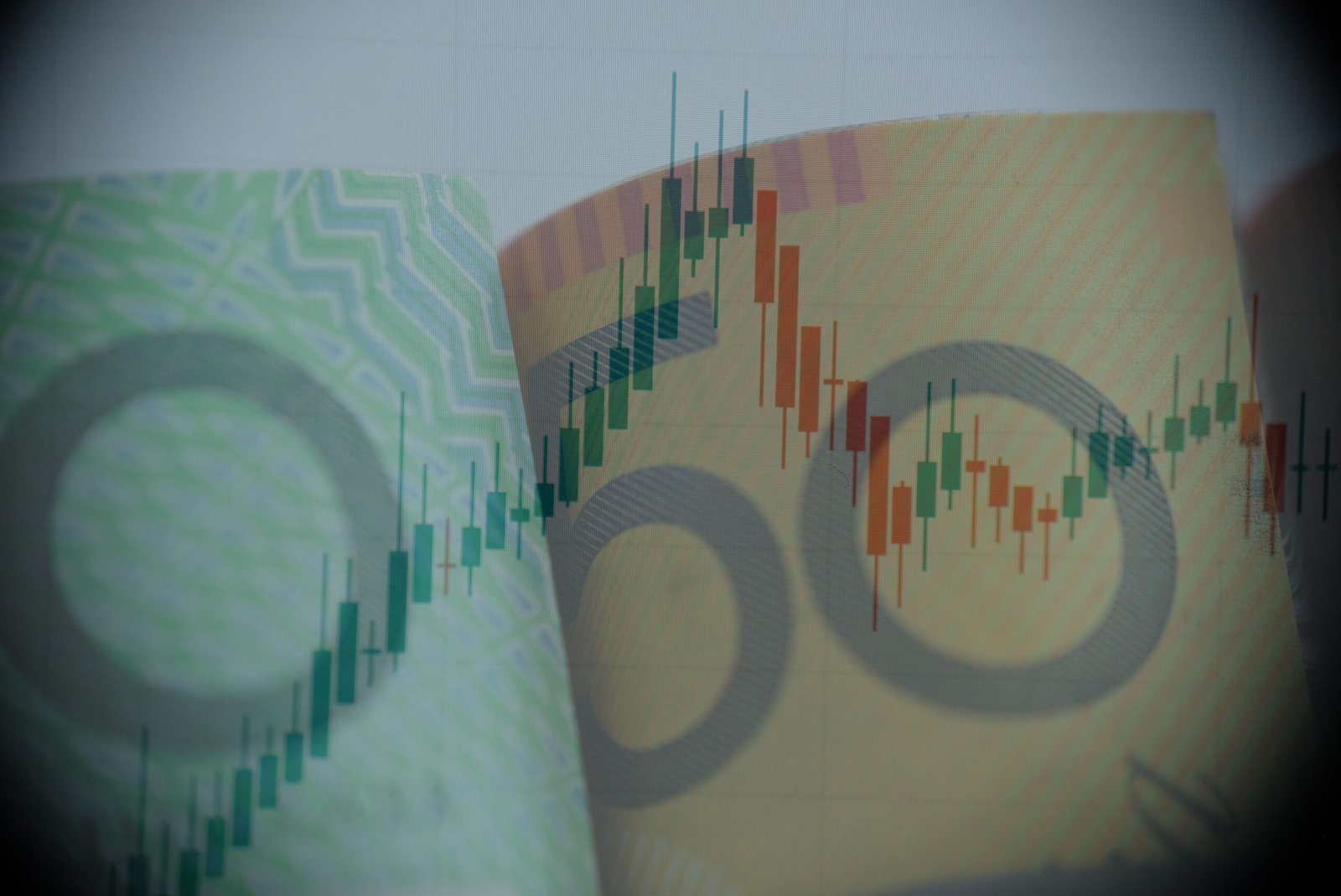United Overseas Bank (UOB) Sydney Branch has raised A$1 billion (US$640.45 million) in four-year senior unsecured notes, the Singaporean lender’s second foray into the Aussie dollar market this year.
The issuance is the largest conventional AUD single-tranche senior bond from a Singaporean Issuer. In April, UOB issued dual-tranche three-year unsecured notes amounting to A$1.25 billion.
The bank had made an announcement about the latest issuance to investors after its first-half results on August 1, providing a first-mover advantage in light of more anticipated supply – more issuers globally are expected to tap the AUD senior bond market amid peak redemptions in August.
It received strong indications of interest from investors despite the broader risk-off tone in the United States and Asia.
The bank priced the notes on August 2 at the Bank Bill Swap Rate (BBSW) plus 0.74%. The bonds were priced 1-2 basis points inside a Singaporean bank’s fair value and flat to inside theoretical new major bank pricing.
The offering achieved the tightest spread for a benchmark four-year AUD transaction from an Asian bank. It was issued pursuant to the bank’s US$30 billion global medium-term note programme.
Strong appetite
Commenting on the issuance, Koh Chin Chin, head of group treasury, research and customer advocacy at UOB, says: “The AUD market is integral to our funding strategy. This year, in fact, it has been our largest pool of international benchmark capital.
“Our commitment to this market remains – to provide our investors liquidity across the tenor curve, and so it was pleasing to see the strong appetite for these four-year bonds despite the volatile market backdrop, and just three months after our similarly successful three-year transaction in April.”
The final order book was in excess of A$1.59 billion from 55 investors, including 75% from Asia, 22% from Australia, and 3% from Europe, the Middle East and Africa.
As to investor type, 10% were asset managers, fund managers and insurance firms; 76% banks; 2% middle markets; and 12% private banks, hedge funds and others.
ANZ, Bank of China, Commonwealth Bank of Australia, UBS, Westpac and UOB acted as joint lead managers and bookrunners.







